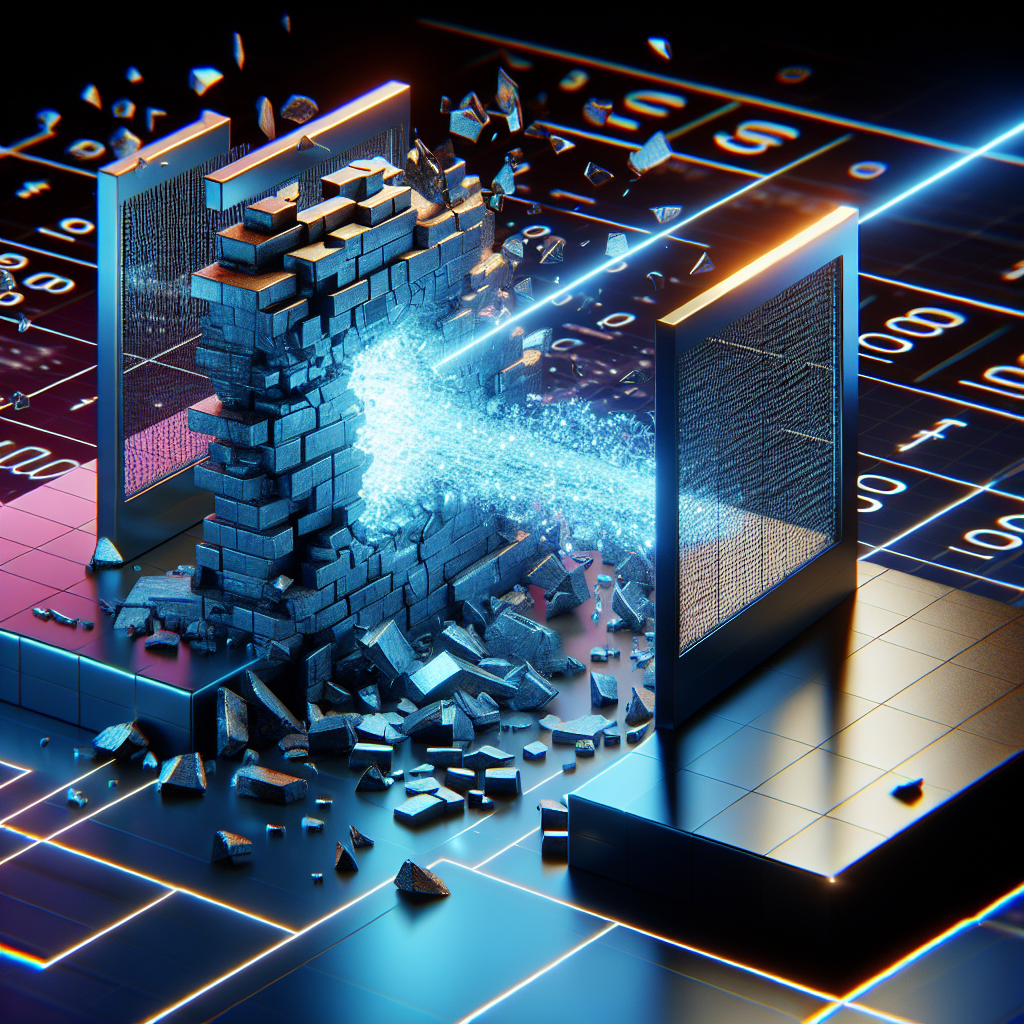Breaking Boundaries: The Advancements in 3D Rendering Technology
In recent years, the field of 3D rendering technology has seen significant advancements, pushing the boundaries of what is possible in the world of computer-generated imagery. From lifelike virtual environments to stunning visual effects in movies and video games, these advancements have revolutionized the way artists and designers work and have opened up new possibilities for creativity and innovation.
One of the key advancements in 3D rendering technology is the use of realistic lighting and shading effects. Thanks to improvements in rendering algorithms and the processing power of modern computers, artists can now create incredibly lifelike images that mimic the behavior of light in the real world. This level of realism adds depth and complexity to virtual environments, making them feel more immersive and believable.
Another major advancement in 3D rendering technology is the development of physically based rendering (PBR) techniques. PBR allows artists to create materials that accurately reflect light, resulting in more realistic textures and surfaces. This level of detail helps to enhance the overall visual quality of rendered images and brings them closer to reality.
Advancements in 3D rendering technology have also led to the rise of real-time rendering engines, which allow artists to see their work come to life instantaneously. This real-time feedback enables artists to iterate quickly on their designs and make adjustments on the fly, resulting in more efficient workflows and faster turnaround times. Real-time rendering engines have been instrumental in the creation of interactive experiences in virtual reality and augmented reality applications.
The use of artificial intelligence and machine learning algorithms has also made significant contributions to the field of 3D rendering technology. These technologies can help automate certain aspects of the rendering process, such as generating realistic textures or optimizing render settings. By harnessing the power of AI, artists can streamline their workflows and focus more on the creative aspects of their work.
Advancements in 3D rendering technology have also had a major impact on the film and entertainment industry. Visual effects houses now have access to powerful rendering tools that allow them to create stunning visuals for movies and television shows. From realistic creatures and environments to breathtaking CGI landscapes, these advancements have raised the bar for what is possible in visual effects.
The gaming industry has also benefited greatly from advancements in 3D rendering technology. Video game developers can now create incredibly detailed and immersive worlds for players to explore, thanks to the latest rendering techniques. From lifelike character models to dynamic lighting effects, these advancements have helped to push the boundaries of what is possible in gaming and have created more engaging and realistic experiences for players.
In conclusion, the advancements in 3D rendering technology have revolutionized the way artists and designers create virtual worlds and visual effects. From realistic lighting and shading effects to physically based rendering techniques, these advancements have pushed the boundaries of what is possible in computer-generated imagery. With the continued development of real-time rendering engines, artificial intelligence, and machine learning algorithms, the future of 3D rendering technology looks bright, promising even more realistic and immersive experiences for audiences around the world.




